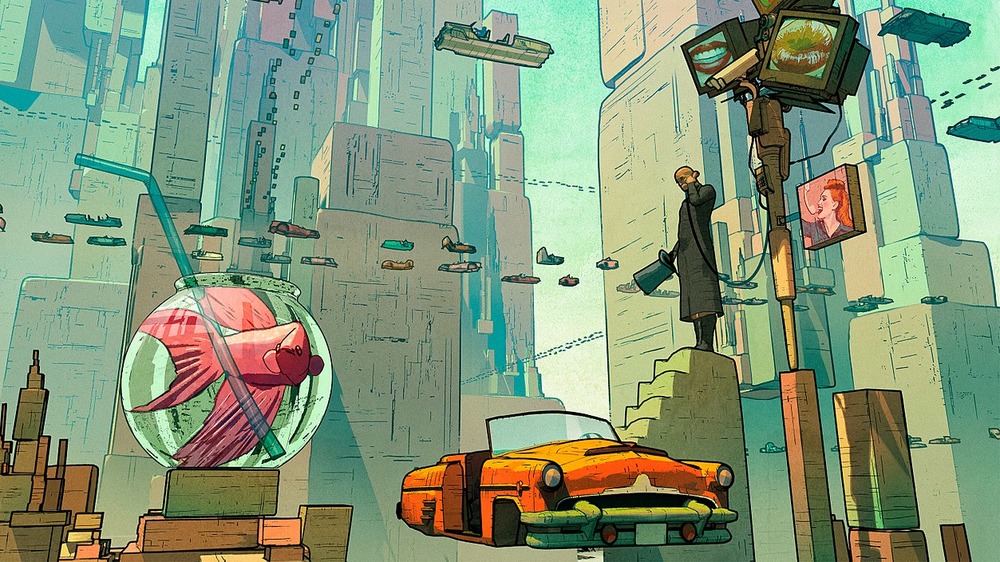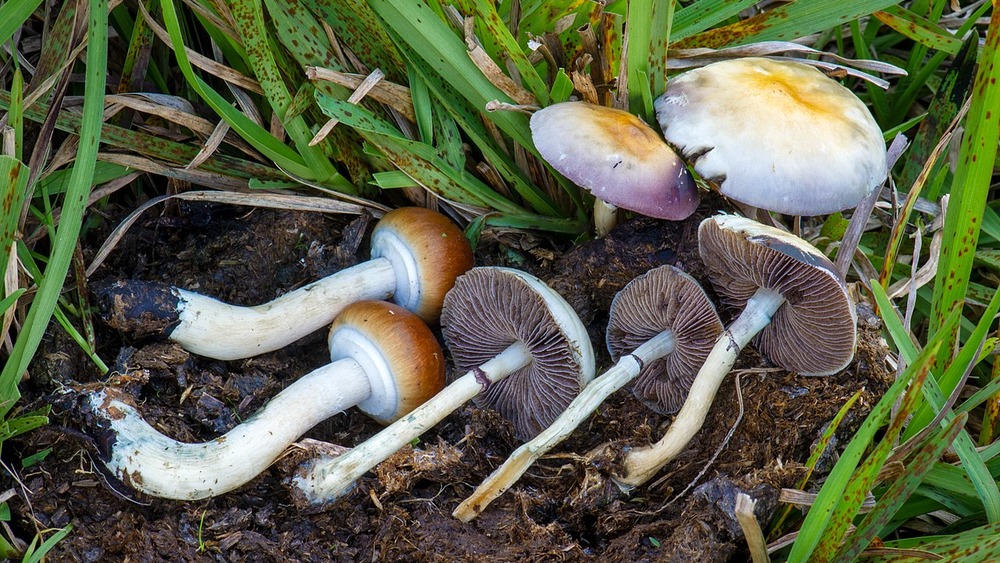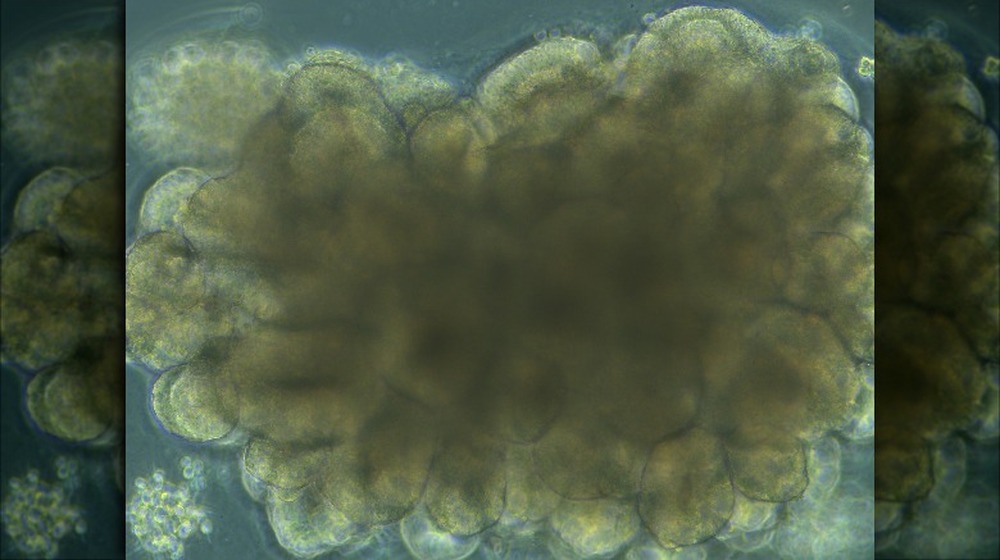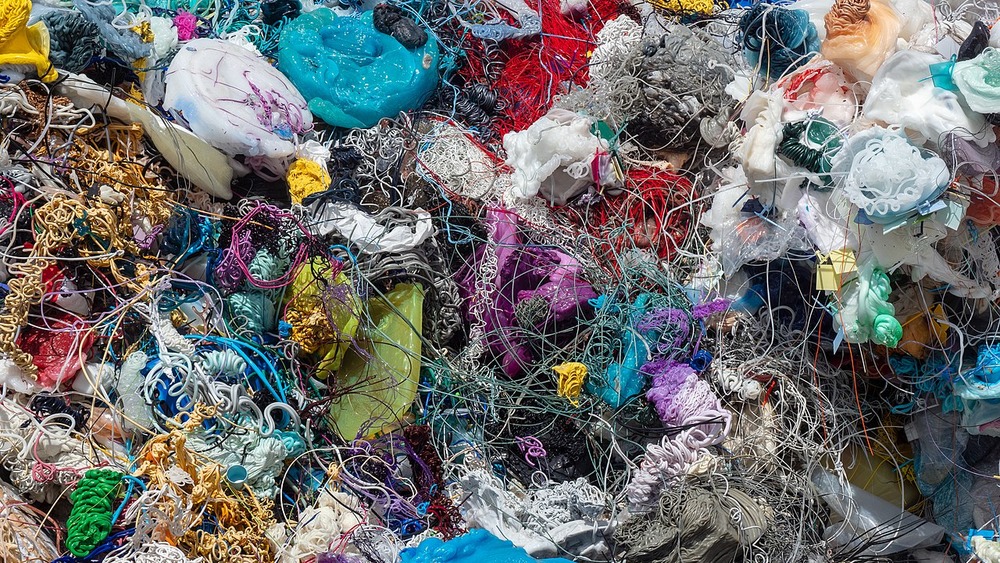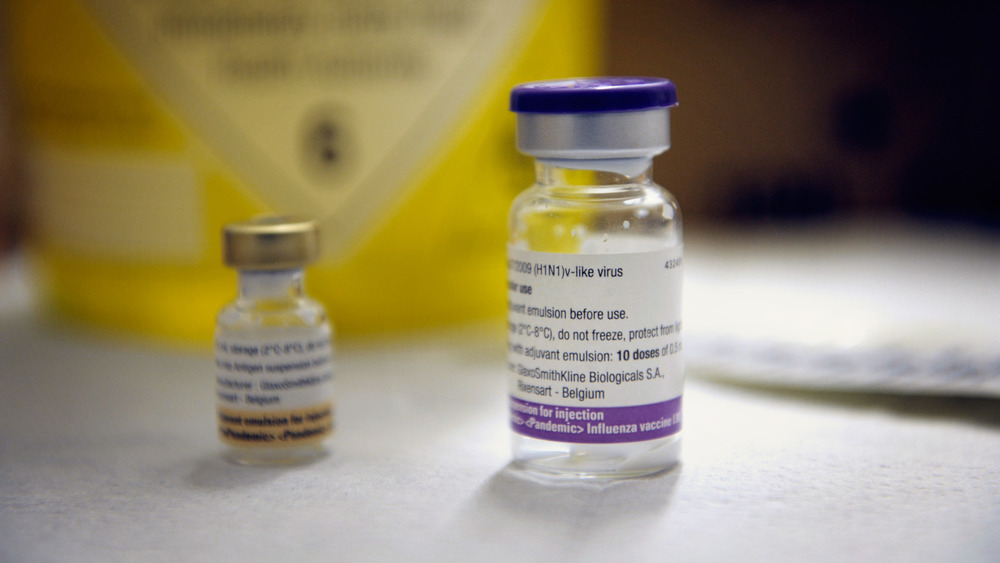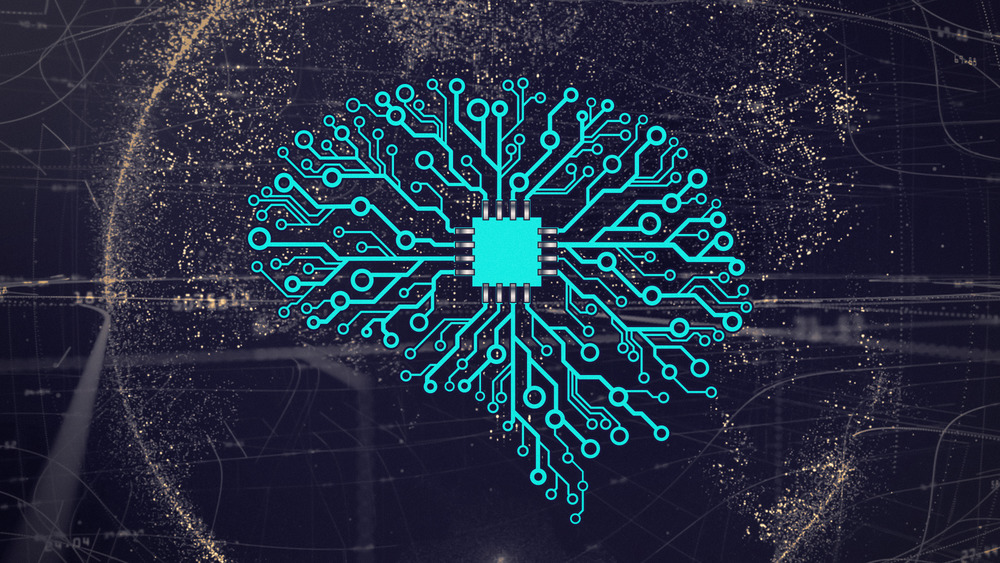Things Science Could Achieve In 2021
For many of us, the world is so utterly saturated with technology and scientific achievement that its wonders are taken for granted. Things like the flu vaccine, internet access, or mobile phones, which surely would have been a wonder to our ancestors, are practically humdrum now.
None of this is to say that all scientific advances are taken for granted. Neither should people assume that the days of big achievements in science and technology are over, or that the world will have to wait decades for something really, truly exciting to happen. In fact, there may be some awe-inspiring things in the very near future. In the next year, there could be more information about life outside of our solar system, computers will help us save endangered species, engineers will develop better alternative energy sources, and programmers will develop ever more advanced artificial intelligence.
Frankly, that's just the tip of the iceberg. 2021 could hold some of the most exciting scientific advancements yet for our species. Humans will need to manage it all with a careful hand, but there's still plenty of reason to be excited and even optimistic for our future.
Astronomers will zero in on a habitable exoplanet
By now, the news that someone's found a planet outside of our own solar system may feel a bit old hat. There is still wonder in these discoveries, especially if a few of those planets look like they could host life.
Finding such planets can get tricky, says NASA, because scientists are looking for planets in a just-right "habitable zone" that's not too far from or too close to its sun. Astronomers also have to consider the kind of star at the center of a system, a planet's composition, and its atmosphere.
Thanks to improved observation techniques and the dogged determination of scientists worldwide, scientists are getting closer to identifying these planets. That's significant because it could point us in the direction of real extraterrestrial life, according to MIT. This information could also prove useful in the far future, when humans may want to settle on planets outside our solar system.
One of the biggest advancements is NASA's Transiting Exoplanet Survey Satellite (TESS), which has identified nearly 1,000 promising planets in its view. Space.com reports that, thanks to TESS, scientists have already found an extra-promising world that looks an awful lot like Earth, called TOI 700 d. It's roughly the same size as our own planet, is in the habitable zone, and is parked near a relatively stable red dwarf star. Though there's still plenty to learn about this world and others, it's a very promising start.
Flying cars might finally begin to take off
It may seem like a retro-futuristic callback to The Jetsons, but talk of flying cars is getting pretty serious. By the end of 2021, there is a chance that this technology or something very like it will be routinely zipping through the skies. The BBC reports that this new version of flying cars has benefited from greatly improved technology, like lighter batteries and more durable, less expensive materials. Entrepreneurs in the field have also drawn on pre-existing machines that already cart around individual passengers, like jet packs.
Many entrepreneurs have focused on the air taxi market, which proposes relatively short distance airborne travel. Pilots have already taken prototype vehicles on successful flights. Some companies, like the German Volocopter, say that they would like to eventually debut completely autonomous, pilot-free aircraft.
Of course, they will also have to prove that such travel is relatively safe and won't produce some sort of horrible, air-bound gridlock of the kind seen on The Jetsons. Then, there's always the unpredictable nature of our own species. According to The New York Times, pilots at LAX have reported seeing an individual taking their jetpack up to 6,000 feet, at a height where a deadly aircraft collision is a very real possibility. For flying cars to become an everyday, safe transport option, consideration needs to be give to traffic control and the occasional careless daredevil.
Mental health therapies could get trippy
Mental health treatment can already be a tough road for patients who have a supportive network, access to medication, and qualified, caring doctors. Even under the best of circumstances such as these, a person can still be struck with debilitating issues that cause their quality of life to plummet. Now, some treatments previously considered very nontraditional, especially for mental health patients, are poised to change lives.
Those treatments can get pretty mind-blowing, given that some of them center on psychedelic drugs. CNN reports that psilocybin, the active ingredient in "magic mushrooms," is already legal for medical use in Oregon. That's because the drug has entered clinical trials. A small trial included in JAMA Psychiatry demonstrated that psilocybin can significantly reduce depressive symptoms in some patients.
Scientific American notes that psilocybin, along with LSD, was used in experimental clinical settings earlier in the century. However, legislation enacted in 1971 prohibited the use of these substances in many settings. This move set back research for decades. Many doctors had only a limited array of drugs to help psychiatric patients, who didn't always respond to more sanctioned treatments. Now, psilocybin, LSD, and even MDMA, more popularly known as a party drug, are making clinical inroads again. MDMA, when administered under a doctor's supervision, may even have benefits that last longer than other drugs, Psychology Today says. People with persistent mental health problems may now have greater access to new and potentially life-changing therapies via these substances.
Alternative energy will get closer to surpassing coal power
As the climate crisis intensifies, it's all but certain that more effort will be put into establishing power sources based on renewable energy, like solar power and wind farms. Whether or not those changes can be enacted quickly enough remains an unanswered question. The New York Times reports that trends like use of solar panels, number of electric cars on the road, and more are happening faster than expected but not quite enough to avoid major climate disaster.
Still, there's hope to be had in the growth of alternative energy. That same report indicates that coal consumption is beginning to fall. Considering coal is known to be one of the dirtiest fuels with the highest emissions, that's a good sign. MIT also indicates that sales of electric vehicles are up, though they aren't anywhere close to a majority of the market yet. Perhaps our biggest hope is our increased access to scientifically supported information about the climate and what can be done to save our species. With more information and a better understanding of the situation, everyone can advocate for greater change in the year ahead.
Scientists will dig deeper into the atom
Ultra-tiny atomic particles may seem small, but scientists know that studying them can lead to big changes. Thanks to their dedicated work, 2021 may see further confirmation of an incredibly small, potentially very important particle known as the "axion."
According to LiveScience, axions are subatomic particles, meaning that they're smaller than the standard parts of an atom, like neutrons, protons, and electrons. Those are already hard enough to observe, even with superpowered microscopes. Things that exist on the smaller subatomic level are generally confirmed through careful study of the behavior of atoms and matter, rather than through direct observation.
Why should anyone care about the axion? Scientific American reports that, in fact, it may be a good candidate for dark matter. Dark matter may make up the majority of the universe's mass, but it still hasn't been directly observed. According to CERN, it's been long proposed as the force that's holding things like solar systems and galaxies together. Visible matter, like what you can observe through a telescope, only makes up an estimated 5% of the entire universe.
However, no one's proved anything yet. Assuming dark matter exists, which quite a few scientists suspect it does, then it doesn't absorb or reflect light. So far, the only hints that it exists are gravitational traces. If axions can be fully observed and linked to this mysterious force, then there's the opportunity to learn a lot more about how our universe works.
Doctors will experiment on more advanced mini-brains
A collection of cells in a petri dish somewhere could look pretty unassuming, but lab-grown grey matter, known as "mini-brains," could revolutionize neuroscience. According to Discover, mini-brains are also known as brain organoids, and they're getting more advanced. A scientific team at the University of California San Diego have created organoids with enough complexity that the clumps of cells can generate electrical activity that's pretty close to brain waves recorded in premature babies. That's especially significant because mini-brains have a promising future for scientists working to understand brain development.
Researchers could very well use this information to develop new preventative measures and treatments for disorders that appear to be based in early brain development, like schizophrenia, bipolar disorder, and autism. This also gives teams a kind of moral workaround, as it's considered highly unethical to experiment on developing embryos.
As Scientific American reminds us, it's important to remember that these aren't full-on brains just sitting there in the middle of a lab. Mini-brains aren't nearly as complex as the ones in our own skulls. The conditions under which they're grown aren't exactly true to life, either, especially because neural cells in a dish show signs of metabolic stress. Yet, this still represents another step forward that could lead to major finds for medicine and neuroscience in 2021 and beyond.
Feeding the planet will get a major boost from science
With a growing worldwide population, scientists and farmers need to figure out how to feed everyone. Though many have long been skeptical of the presence of genetically modified organisms, or GMOs, in our food supply, they shouldn't be fully dismissed. According to Environmental Health Perspectives, climate change can dramatically change things like rainfall and soil composition. Developing hardier crops could prove to be a vital issue.
According to The Verge, GMOs have already made a difference in the real world. In the 2000s, Ugandan scientists inserted a green pepper gene into banana DNA to combat banana wilt disease. Software developer and philanthropist Bill Gates has since argued that crops modified to produce high yields could feed millions of people. However, many still have concerns. How will GMOs interact with other plants? Can corporations like Monsanto be trusted to fairly distribute GMO plants and seeds? How much genetic modification is too much?
GMOs may still have a place in solving the problem of world hunger, but they need to be used carefully. Meanwhile, others argue that there needs to be improved distribution networks, which have proven vulnerable to upsets like war and worldwide pandemics. The New York Times points out other science-based solutions possibly proliferating in 2021. These include pushing for more plant-heavy diets, improving land management techniques, and reducing carbon emission by planting crops that add carbon to the soil rather than the atmosphere.
Humans will continue reckoning with plastic junk
By PBS News Hour's reckoning, our species has produced more than 8 billion tons of plastic since 1950. Meanwhile, Bloomberg warns that there could be as much as 111 million metric tons of plastic clogging up landfills and ocean waves by 2030. That would double the amount currently trashing our planet today.
In 2021, it's very likely more and more plastic alternatives debut in markets. The BBC reports that natural materials, which are far less destructive to the environment, hold plenty of promise. The use of these materials may surprise you, including innovations like bricks made out of bacteria and sand, mushroom-based paneling, and insulation made out of "stone wool" created from igneous rock and metal slag leftover from steel production.
What about the existing plastic? Scientific American reports that recycling, at least as it currently stands, isn't much of a solution. It puts too much of a burden on individual consumers and not enough on corporate producers, who create the true bulk of plastics still being churned out into the world. That may require a solution based more in law and regulation though hopefully backed up by scientific findings about the effects of plastic on our environment and ourselves.
There may finally be a universal flu vaccine
The dream of a universal flu vaccine has been a longstanding one for many years, to the point where some talk about it in an almost mythical, half-believing sense, as if it were a perpetual motion machine or cure for the common cold. That is, many talk about it with a pretty high degree of skepticism. Then again, advances in vaccine development and the study of diseases mean that 2021 could very well see the beginnings of a universal flu vaccine after all.
What would such a vaccine mean, anyway? According to the National Institute of Allergy and Infectious Diseases, it would provide protection against multiple strains of influenza for years at a time. Currently, scientists can only put out one vaccine per strain. They also have to create one each flu season, as the influenza virus is quick to mutate and will make a previous vaccine less effective. A universal flu vaccine would do away with much of that yearly scramble. It could also greatly reduce illness and mortality during the yearly upswing in flu cases each season.
The world could be closer to a universal vaccine than you might think. The American Society for Microbiology notes that there are multiple candidates that have completed phase 2 clinical trials or higher. This means that, given positive results in the trials and enough time, those vaccines could debut on a larger stage soon.
Species survival will go high tech
As climate change and habitat destruction continue, biologists are leaning on technology to track and preserve endangered animals. One startup, Conservation X Labs, hopes it can help to slow extinction rates through financially supporting research and development projects and developing its own technology. According to Nature, that includes a DNA Barcode Scanner, which could allow biologists, rangers, inspectors, and other officials to quickly identify materials that might include parts harvested from endangered plants and animals.
Meanwhile, Microsoft is offering up its own grant-based support through AI for Earth, which uses artificial intelligence and data science to observe and model Earth systems. These include programs like Zooniverse, which stores and organizes data for a wide variety of disciplines, and eMammal, which organizes images from camera traps to better observe and monitor land mammal populations.
That mission is also shared by Wildlife Insights, which also uses data gathered from camera traps to help scientists and land managers make more informed decisions. Its artificial intelligence models helps with tasks like filtering out empty images and classifying species, freeing up time for human scientists to work on solutions to conservation issues.
Artificial intelligence will become even smarter
It's clear that artificial intelligence is already here, from the spam filter in your email to voice assistants like Siri or Alexa. The MIT Technology Review argues that AI can help augment our own natural problem-solving abilities by making data easier to access. AI can also take on busy work tasks like assembling data, freeing up human minds to tackle other problems. That could give us a species-saving leg up when it comes to issues like information security, collapsing biodiversity, and climate change.
Some urge caution, however, as trusting decisions to AI may not make for better outcomes right now. Wired reports that, while machine intelligence may really help us in the future, it still has some significant drawbacks today. In the medical field, AI may actually over-identify suspicious lesions and tumors, leading to widespread and ultimately unnecessary tests, surgeries, and other treatments. For example, someone may have a lesion that, when spotted by an AI, could lead a doctor to order invasive tests, like surgical removal. If that lesion was ultimately benign, the testing and treatment don't necessarily help a patient and might even decrease their overall quality of life. AIs could increase the rate of quasi-false positives like this.
At the end of the day, AI is still a tool that is controlled by human beings. If one of those humans hasn't properly accounted for biased data or considered the long-term implications of a technology, then the benefit could be severely impacted.
Everyone will get more serious about public health
For many across the world, the COVID-19 pandemic has highlighted the importance of public health and epidemiology, or the study of how disease spreads within a community. What may have once seemed like a distant subject to some has now come home in a pretty dramatic fashion. Now, there are some interesting technologies that have the potential to dramatically change how experts study and manage disease worldwide.
PBS NOVA suggests that computer modeling can help predict the next big epidemic, which can arise from a complex web of factors that is often difficult for humans to analyze on their own. These include things like human settlement patterns, climate conditions, and the presence of animals that can pass disease from their own species to us. With computers helping us parse all of the data out there, theres a chance to not only gain a better understanding of disease but also how to prevent deadly outbreaks before they happen.
Better technology can also improve access to medical help, especially for lower-income people, the journal Infectious Diseases of Poverty reports. This means some obvious avenues, like vaccine production, would need to be scaled up, as well as less apparent ones like more open access to scientific journals.


